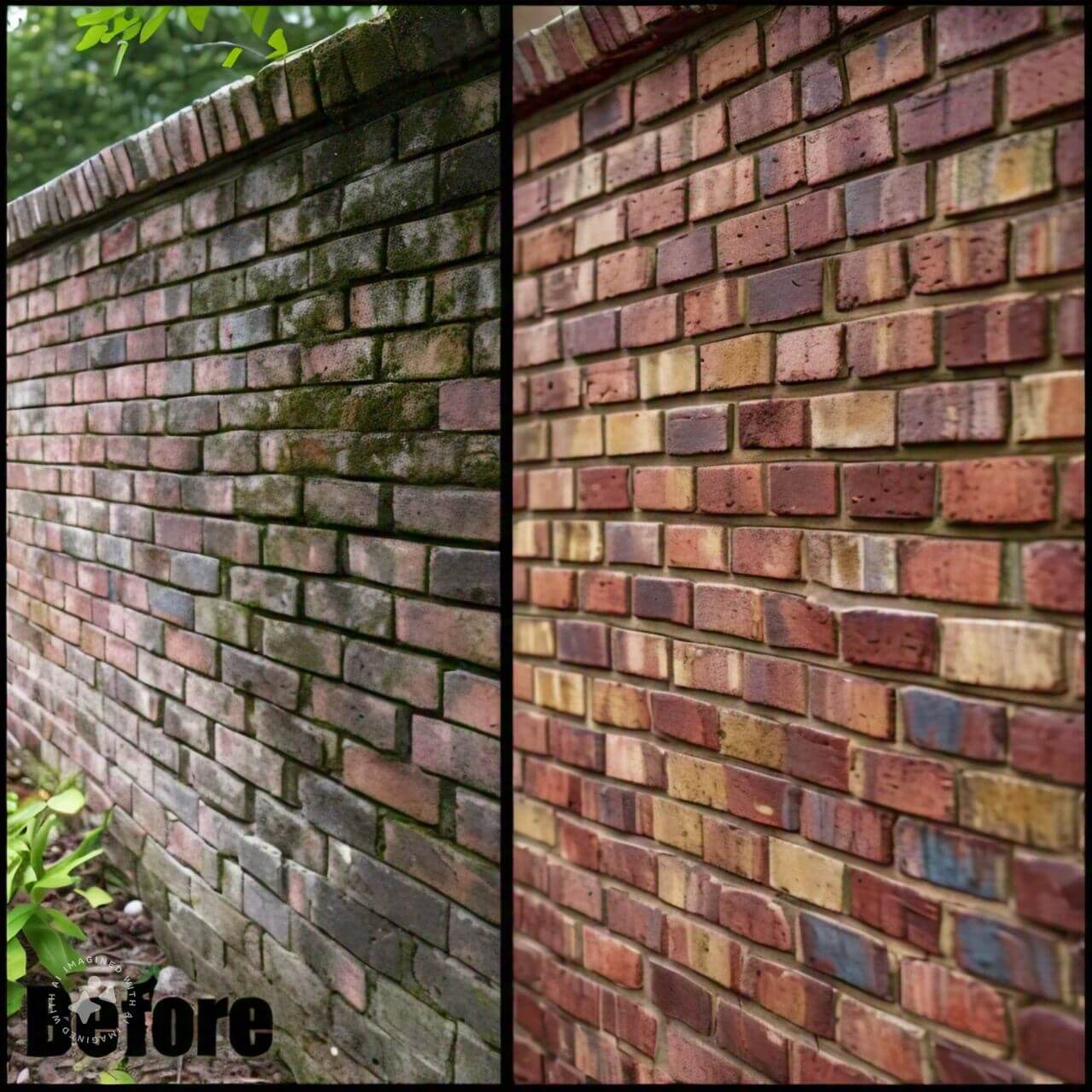Discover the key differences between staining and painting, and find out which option is best suited for your project.

Staining involves applying a transparent or semi-transparent colorant to a surface, such as wood or brick, to enhance the natural texture and grain of the material. Stains penetrate the surface, providing color without covering the inherent beauty of the material. Stains are available in various types, including oil-based and water-based options, each offering different levels of protection and aesthetic outcomes.

Painting involves applying a pigmented substance to a surface, which completely covers the underlying material. Paint can be used on various surfaces, including wood, metal, brick, and drywall. Paints come in different finishes, such as matte, gloss, and satin, and are available in a wide range of colors.

Natural Look: Enhances the natural texture and grain of wood or brick, preserving the material's character.
Durability: Stains penetrate the surface, offering a long-lasting finish that resists peeling and chipping.
Maintenance: Less maintenance required, as stains don't chip or crack like paint.
Cost: Often less expensive than painting, with reduced long-term maintenance costs.

Vibrant Colors: Offers a wide range of colors, allowing for bold and vibrant finishes.
Protection: Forms a protective layer, guarding against moisture and UV rays.
Customization: Various finishes available, such as matte, gloss, and satin.
Maintenance: May require more frequent touch-ups and maintenance.
When deciding between staining and painting, consider the specific needs of your project, the type of surface you're working with, and your long-term goals. Staining is ideal for those who want to preserve and enhance the natural look of wood or brick, while painting offers a broader range of colors and superior protection for various surfaces. Proper application and maintenance are key to ensuring a beautiful and long-lasting finish, regardless of the option you choose.